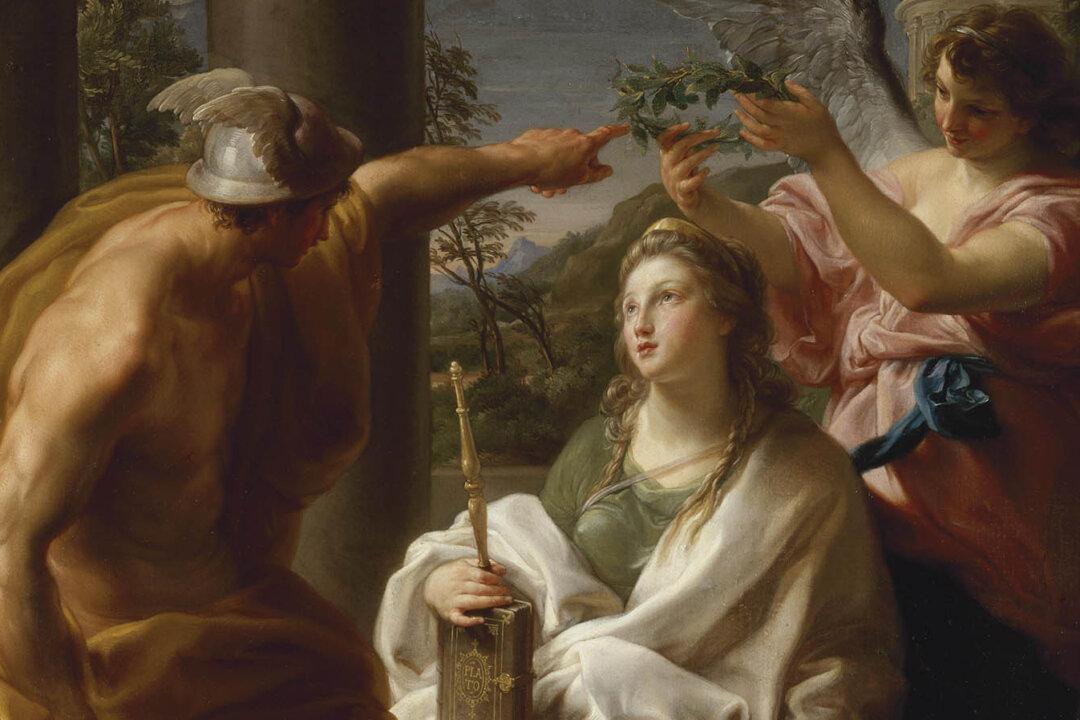Twenty-five hundred years ago, Socrates turned the poets away from his utopian Republic. He claimed that the poets were too dangerous because they created illusions that led citizens away from the truth. The antidote he suggested was a philosopher king: a wise leader who would censor the poets and guide them in their creations.
The philosopher king would not permit the poets to tell tales of mischievous gods—like those in Homer’s poems. Instead, the philosopher king would guide poets to display gods with dignity and honor so that their actions would be an example for citizens to emulate.





